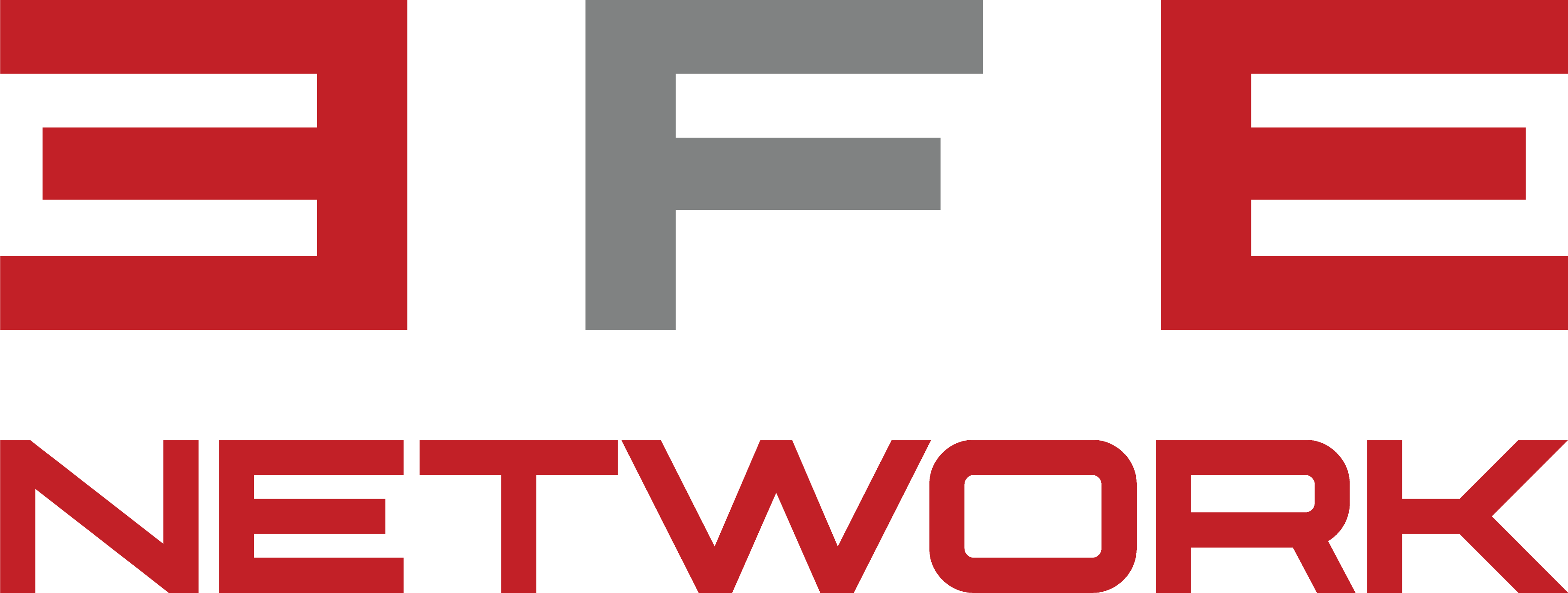
This system is a more accurate and complete way to keep track of the company’s financial health and how fast it’s growing. The accounting cycle begins with transactions and ends with completed financial statements. The journal is a chronological list of each accounting transaction and includes at a minimum the date, the accounts affected, and the amounts to be debited and credited. By recording all advertising transactions, businesses can monitor their advertising costs and ensure that they are getting a good return on their investment.

Mục lục
ToggleEverything You Need To Master Financial Modeling
- But, as a business owner, it is still a good idea to understand how the double-entry accounting system works and why you’re using it, even if your accounting software does all the work.
- By following these steps, you can successfully implement double entry accounting in your business, providing a solid foundation for accurate financial management and informed decision-making.
- Billie Anne is a freelance writer who has also been a bookkeeper since before the turn of the century.
- This dual-sided approach not only keeps the financial records in equilibrium but also serves as a check against errors and potential fraud.
- The double entry system is more organized and helps assess the overall financial scenario of a company.
So, if you are mulling over switching to the double-entry bookkeeping system, here are the benefits you must check out. Let’s understand double-entry accounting examples to double entry accounting has two equal sides know how such accounting practices are performed. When you send the invoice of $2,500, your receivables increase (debit), and your revenues increase (credit) by $2,500. A comparison becomes possible as financial statements of one year can be easily compared with previous periods which can further help analyze upturns and downturns.
Double-entry accounting software
However, the possibility of introducing a new dimension and making it a Triple Entry Accounting system was discussed in detail in the two-day conference. We hope we’ve convinced you that double-entry bookkeeping is the way for your company – unless you’re running a single-person operation. When it comes to double-entry accounting, there are innumerable benefits https://newsfesto.in/bookkeeping-9/switching-from-accrual-to-cash-basis-accounting-a/ to enjoy.

Examples of Common Transactions
Here’s how the process of double entry bookkeeping takes place, at a glance. Since more and more businesses are heading towards AI-powered tools in a bid to create accurate and audit-ready financial reports, the accounting market is currently undergoing major shifts. A report by Research and Markets suggests that it would hit $735.94 billion by 2025. Mainly, due to businesses showing interest in enhancing their accounting practices. Debit balances should always equal credit balances in a double-entry system. The key to balancing your books is knowing which account should be debited and which account should be credited.
What Is the Basic Rule of Double-Entry Bookkeeping?
The basic equation follows that the accounting balance of all debits must equal the balance of all credit at all times. If you’re not sure whether your accounting system is double-entry, a good rule of thumb is to look for a balance sheet. If you can produce a balance sheet from your accounting software without having to input anything other than the date for the report, you are using a double-entry Suspense Account accounting system. Most modern accounting software, like QuickBooks Online, Xero and FreshBooks, is based on the double-entry accounting system. For example, when you take out a business loan, you increase (credit) your liabilities account because you’ll need to pay your lender back in the future.
FAQ 12. What are the advantages of subsidiary books?
If done manually, it could be a very difficult task and is highly prone to errors. The double-entry bookkeeping system keeps the fraudsters at bay as it offers unparalleled transparency. Say, for example, if somebody attempts to misreport income, the imbalance is quickly visible, raising red flags about the misadventure.

The Role of Accounting Software
The rise of remote work has further underscored the importance of digital accounting solutions. With teams dispersed across various locations, cloud-based platforms enable seamless collaboration and data sharing. Accountants can access financial records from anywhere, ensuring continuity and efficiency in financial operations. Tools like Slack and Microsoft Teams facilitate communication and coordination, allowing accounting teams to work together effectively despite physical distances. This shift towards remote work has also highlighted the need for robust cybersecurity measures to protect sensitive financial data from cyber threats.
Since every financial transaction has to be recorded into two accounts, you know the financial records accurately reflect every transaction. An in-depth recording like this provides a comprehensive view of your financial activity and accurate financial reporting across your balance sheet, income statement, and cash flow statement. In the context of financial reporting, the choice of an accounting method significantly impacts how transactions are recorded and how financial health is reflected.
Can you provide examples of how double entry accounting maintains balance?

Advanced analytics and forensic accounting techniques further enhance the fraud detection capabilities of double-entry systems. By leveraging data analytics tools, accountants can sift through large volumes of financial data to identify unusual patterns or transactions that deviate from the norm. For example, an unexpected spike in expenses or a sudden drop in revenue could signal fraudulent activity. These insights enable organizations to take swift corrective action, minimizing financial losses and safeguarding their assets.
- The cash (asset) account would be debited by $10,000 and the debt (liability) account would be credited by $10,000.
- The double-entry bookkeeping system has been used in Europe since the 13th century and is considered one of the foundations of modern capitalism.
- The accounting cycle begins with transactions and ends with completed financial statements.
- This is especially important for small businesses, which often have limited cash reserves.
- Each transaction is classified into appropriate accounts structured in the chart of accounts—a comprehensive list detailing all the accounts used by an entity.
- With double-entry accounting, you can easily track your assets, monitor depreciation, and stay on top of the cost of goods sold (COGS).
Types of Business Accounts
One of these entries shows the source of money of a transaction, whereas the other shows its destination. Additionally, the nature of the account structure makes it easier to trace back through entries to find out where an error originated. Liabilities represent everything the company owes to someone else, such as short-term accounts payable owed to suppliers or long-term notes payable owed to a bank. The chart below summarizes the impact of a debit and credit entry on each type of account.










